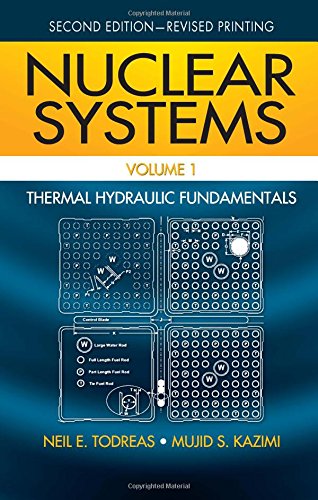

Most ebook files are in PDF format, so you can easily read them using various software such as Foxit Reader or directly on the Google Chrome browser.
Some ebook files are released by publishers in other formats such as .awz, .mobi, .epub, .fb2, etc. You may need to install specific software to read these formats on mobile/PC, such as Calibre.
Please read the tutorial at this link. https://ebooknice.com/page/post?id=faq
We offer FREE conversion to the popular formats you request; however, this may take some time. Therefore, right after payment, please email us, and we will try to provide the service as quickly as possible.
For some exceptional file formats or broken links (if any), please refrain from opening any disputes. Instead, email us first, and we will try to assist within a maximum of 6 hours.
EbookNice Team

Status:
Available0.0
0 reviewsNuclear power is in the midst of a generational change―with new reactor designs, plant subsystems, fuel concepts, and other information that must be explained and explored―and after the 2011 Japan disaster, nuclear reactor technologies are, of course, front and center in the public eye.
Written by leading experts from MIT, Nuclear Systems Volume I: Thermal Hydraulic Fundamentals, Second Edition provides an in-depth introduction to nuclear power, with a focus on thermal hydraulic design and analysis of the nuclear core. A close examination of new developments in nuclear systems, this book will help readers―particularly students―to develop the knowledge and design skills required to improve the next generation of nuclear reactors.
Includes a CD-ROM with Extensive Tables for Computation
Intended for experts and senior undergraduate/early-stage graduate students, the material addresses:
Imparting a wealth of knowledge, including their longtime experience with the safety aspects of nuclear installations, authors Todreas and Kazimi stress the integration of fluid flow and heat transfer, various reactor types, and energy source distribution. They cover recent nuclear reactor concepts and systems, including Generation III+ and IV reactors, as well as new power cycles. The book features new chapter problems and examples using concept parameters, and a solutions manual is available with qualifying course adoption.